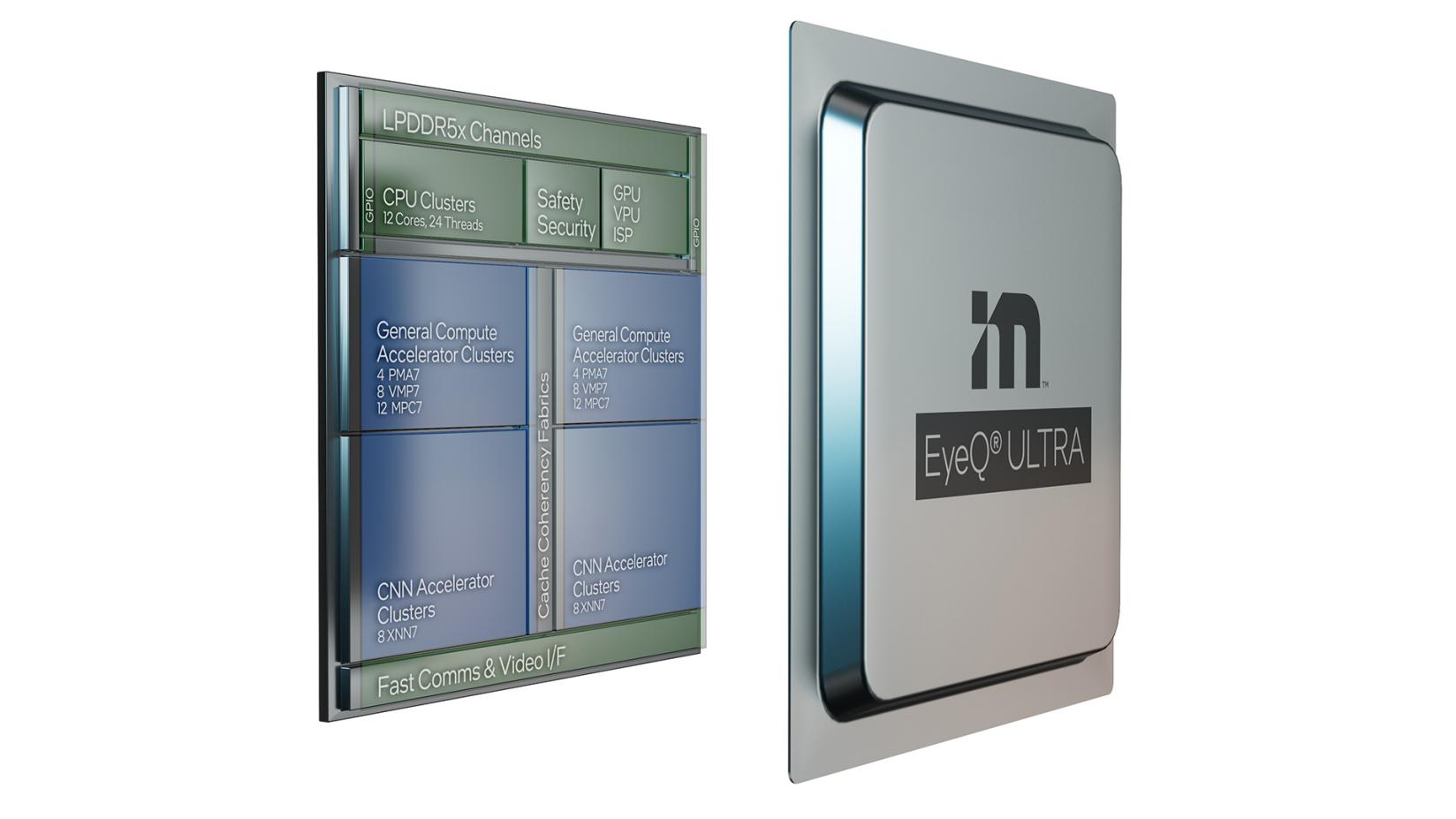Can tech help reduce road accidents in India? Intel says it's possible
Artificial intelligence can trump driver stupidity

To start off some sobering stat: India, despite being home to just 1% of the world's vehicles, accounts for nearly 11% of road accidents across the globe. India is said to be see 17 deaths every hour due to road mishaps. Quite clearly, there is a crying need for making Indian roads safer.
And tech major Intel thinks it is possible through artificial intelligence (AI)-based approach. In a sense, what it says is AI can be a counter to driver stupidity, which is among the main causes fatal road accidents. Under Intel's aegis, a 'Safety Pioneers Conference' was held yesterday, where industry organisations academia, and government put their collective heads together for the idea of road safety.
At the conference, Intel showcased 'Intel Onboard Fleet Services solution' that is said to have been designed specifically for India’s commercial vehicle fleets with a focus on safety, and predictability, and save lives on the road. The AI-based advanced driver assistance systems (ADAS) seeks to bring sensor-based safety tools and corresponding analytics to the Indian trucking industry. Intel also plans to manufacture the driver assistance hardware in India. Intel said that its technology can reduce the probability of accidents by 40% to 60%.
Road mishaps can be brought down by 50%
Backed by its subsidiary Mobileye --- the Israeli automotive intelligence company that it acquired in 2017 --- suite includes a wide range of services such as collision avoidance systems, driver monitoring, fleet telematics, fleet health and fuel efficiency analytics, among others.
Talking of analytics, Intel has already collected 3 million kilometers of road data in partnership with IIIT Hyderabad (International Institute of Information Technology-Hyderabad) and CRRI (Central Road Research Institute)to design a safety solution for Indian roads.
Intel and others are jointly running the project named iRASTE (intelligent solutions for Road Safety through Technology and Engineering) in Nagpur. There are plans to replicate the model other cities of India.
Leveraging the power of AI, the iRASTE project (with a time frame of two years) aims to achieve up to 50% decline in road accidents in Nagpur city and create a blueprint for the country. The project focuses on vehicle safety, mobility analysis and road infrastructure safety.
Get daily insight, inspiration and deals in your inbox
Sign up for breaking news, reviews, opinion, top tech deals, and more.
How Intel's new system works

Intel's system, which works on customised algorithms for Indian road conditions, offers features including Collision Avoidance Systems (CAS), driver monitoring systems, fleet telematics, fleet health, and fuel efficiency features. ADAS will provide alerts, while driver assessments and training can notably improve driver performance.
Mobility analysis will continuously monitor dynamic risks of the entire road network to define grey and black spots – areas that are high risk or accident-prone. Preventive maintenance of such stretches will avert black spots before they claim lives.
Intel's solution, currently used by 16 logistics and transport companies in India, combines both hardware and software. Intel’s clients in India will see their trucks get a host of sensors to provide these services. A cloud-based portal will subsequently offer on-road analytics and telemetry data in order to better detect chances of breakdown or servicing requirements – thereby increasing efficiency. Those using Intel’s Onboard Fleet Services will also get driver coaching for getting accustomed to these features.
ADAS services, often colloquially referred to as ‘self driving cars’, use a wide range of tools such as radio detection and ranging (radar) sensors, light detection and ranging (lidar) sensors, cameras, machine learning algorithms and onboard computers in a vehicle to help a car make its own decisions in various situations. These decisions translate to features such as automatic emergency braking, lane maintenance, driver fatigue warning, adaptive cruise control, etc.

Over three decades as a journalist covering current affairs, politics, sports and now technology. Former Editor of News Today, writer of humour columns across publications and a hardcore cricket and cinema enthusiast. He writes about technology trends and suggest movies and shows to watch on OTT platforms.